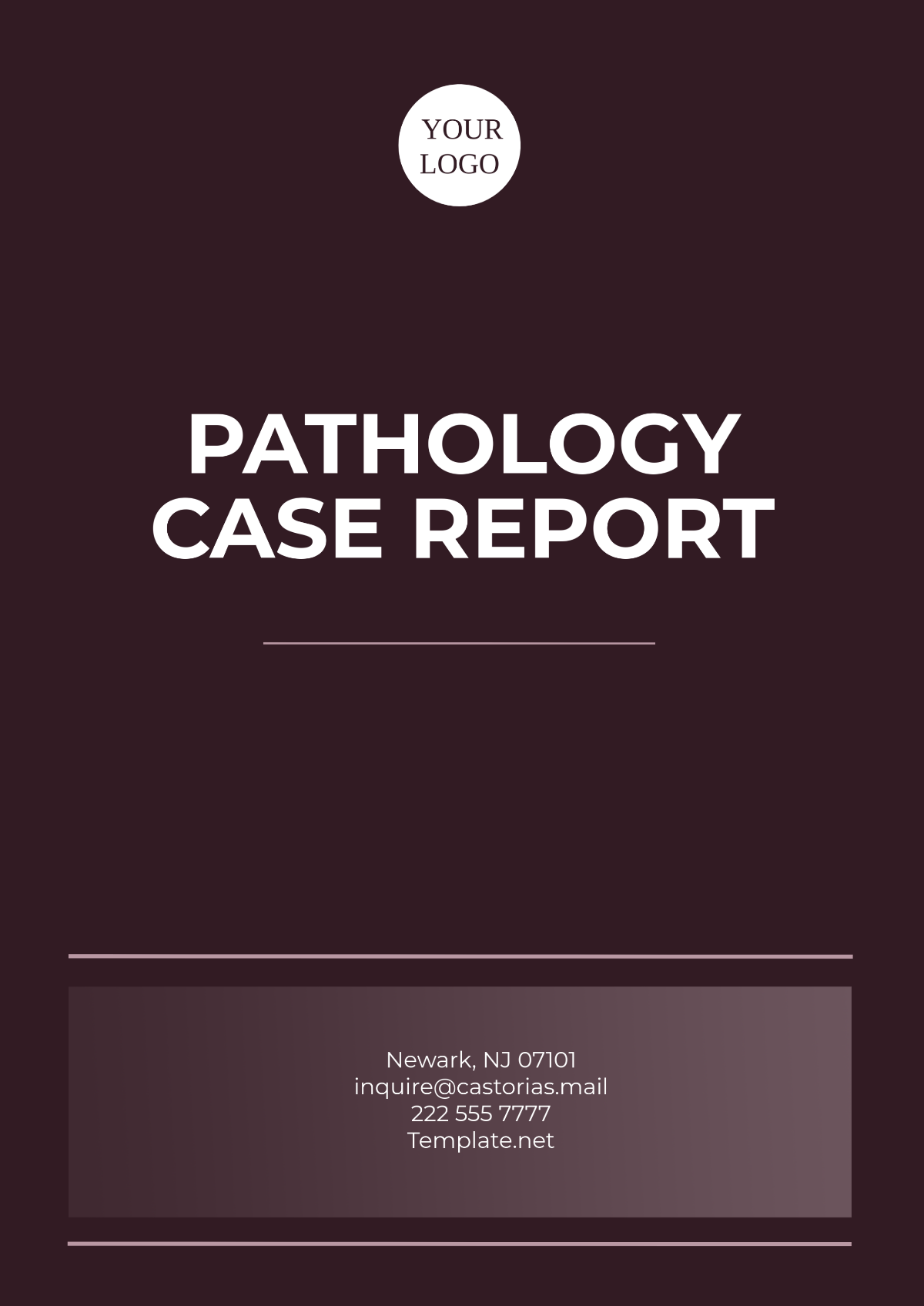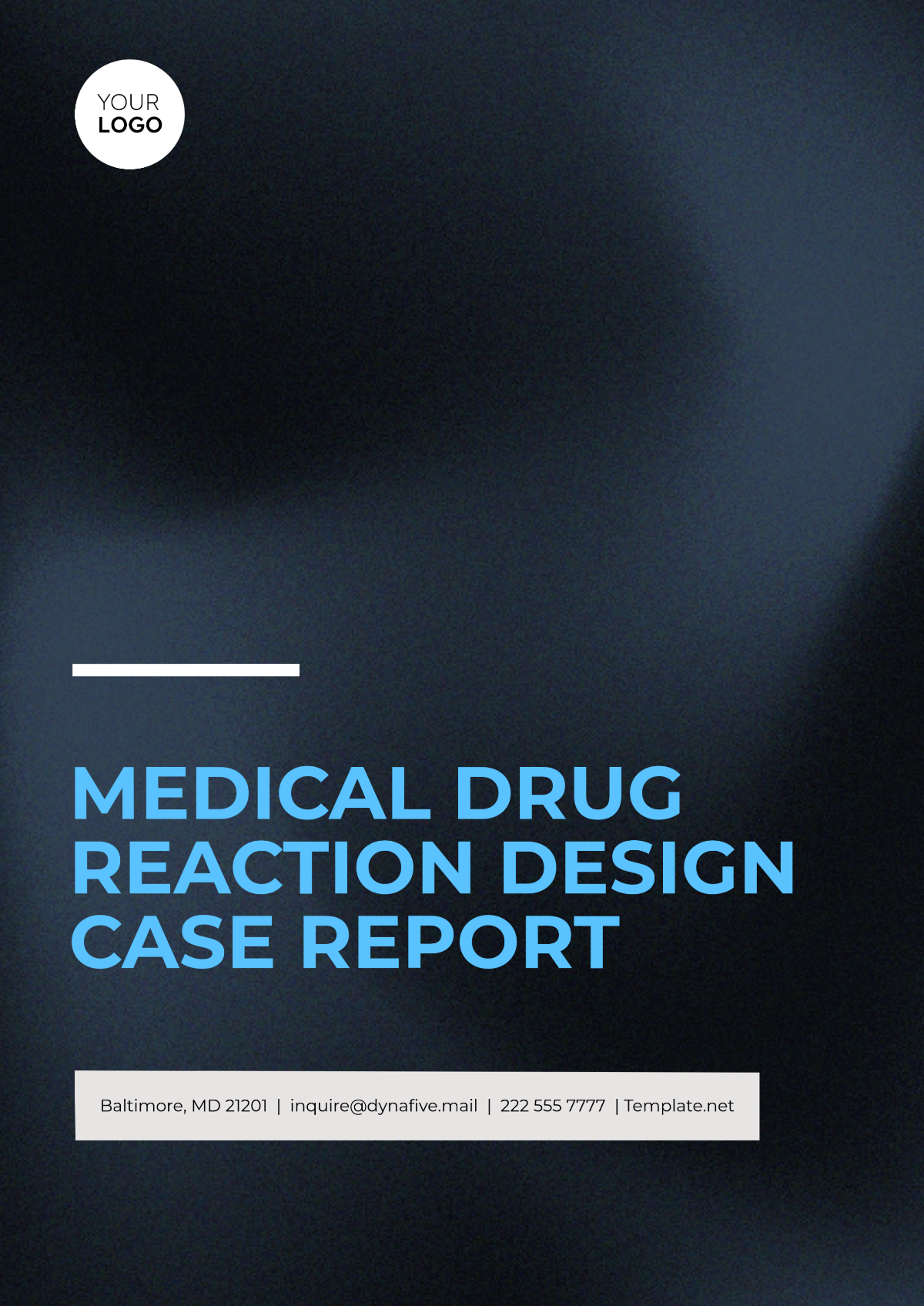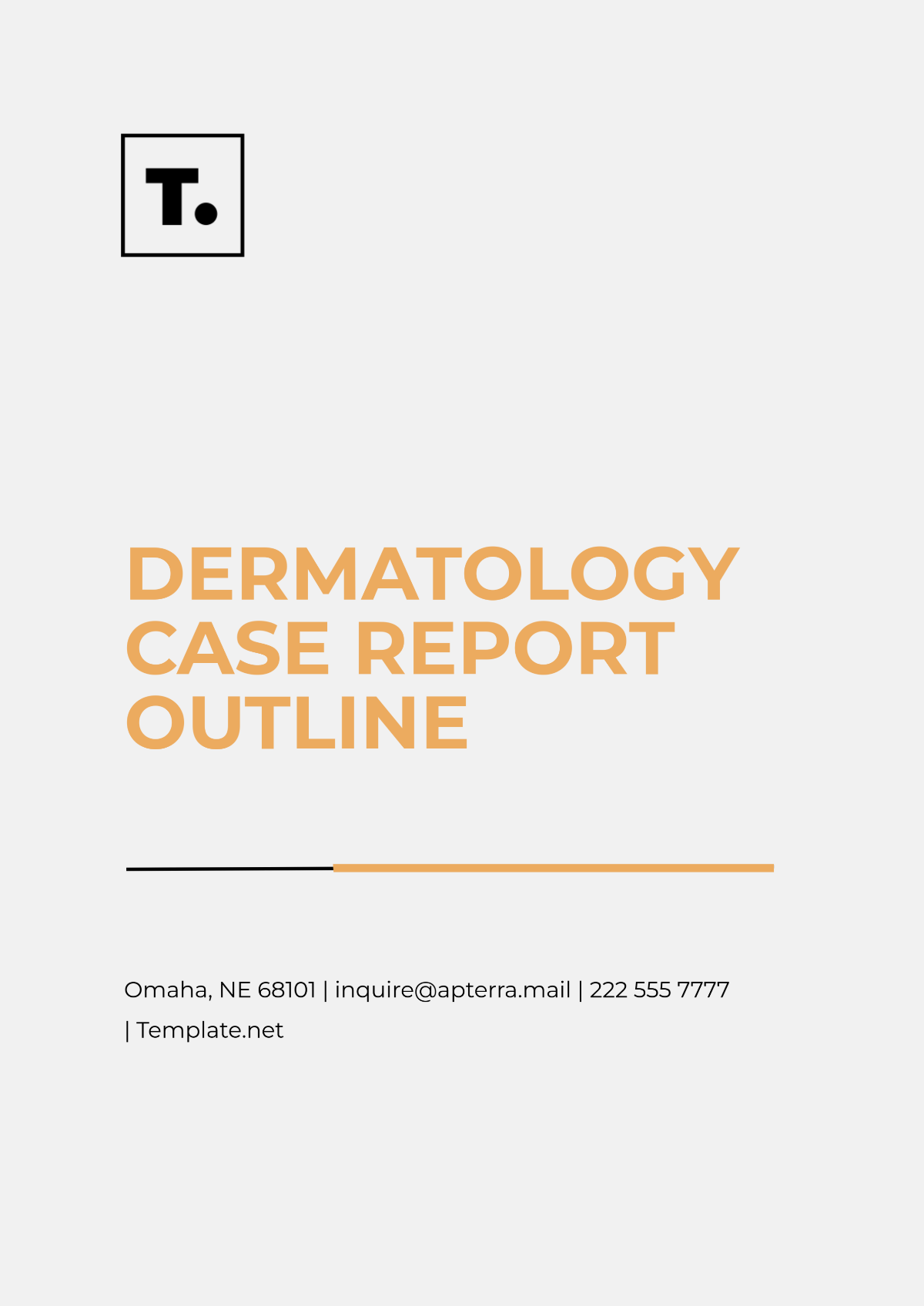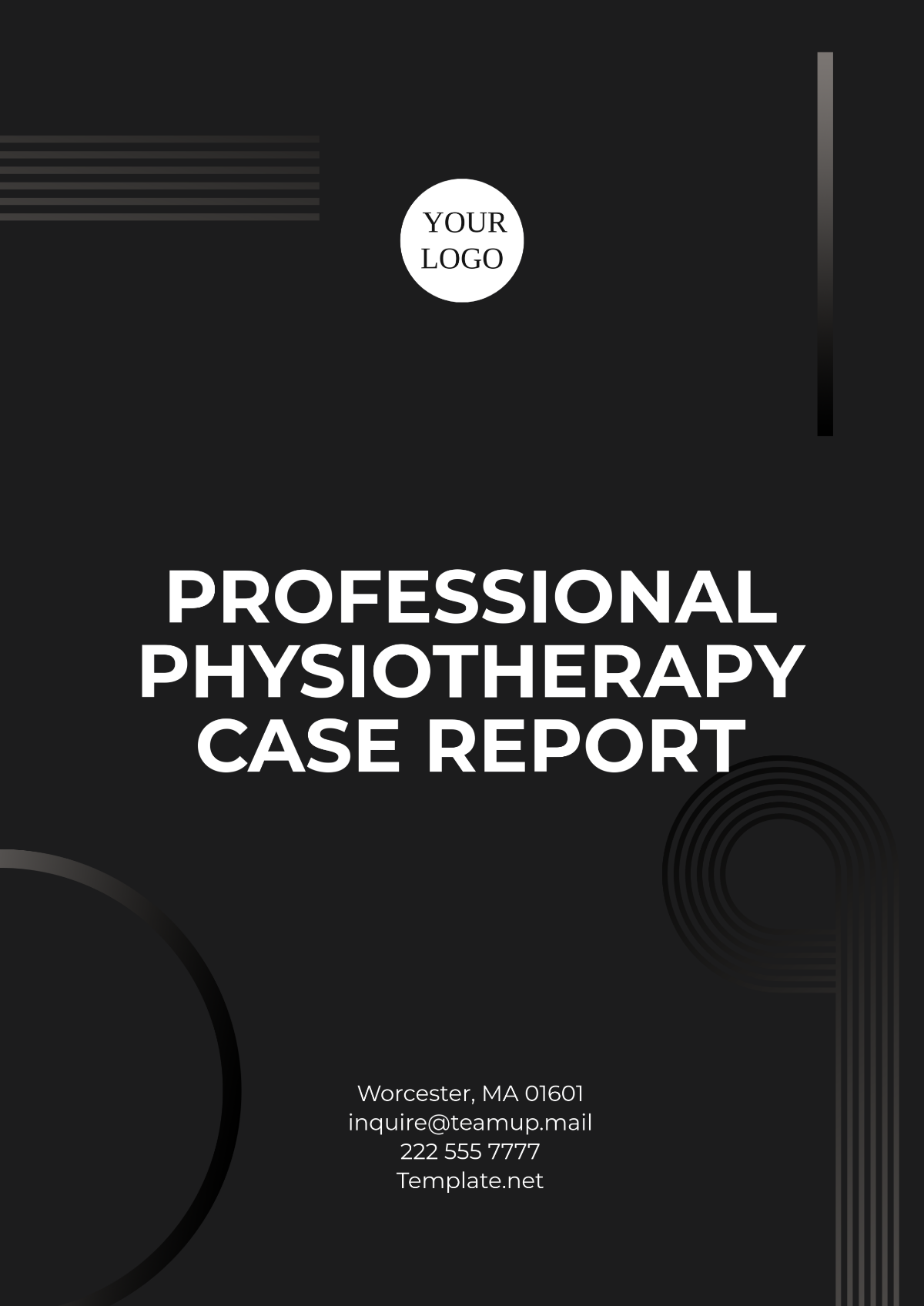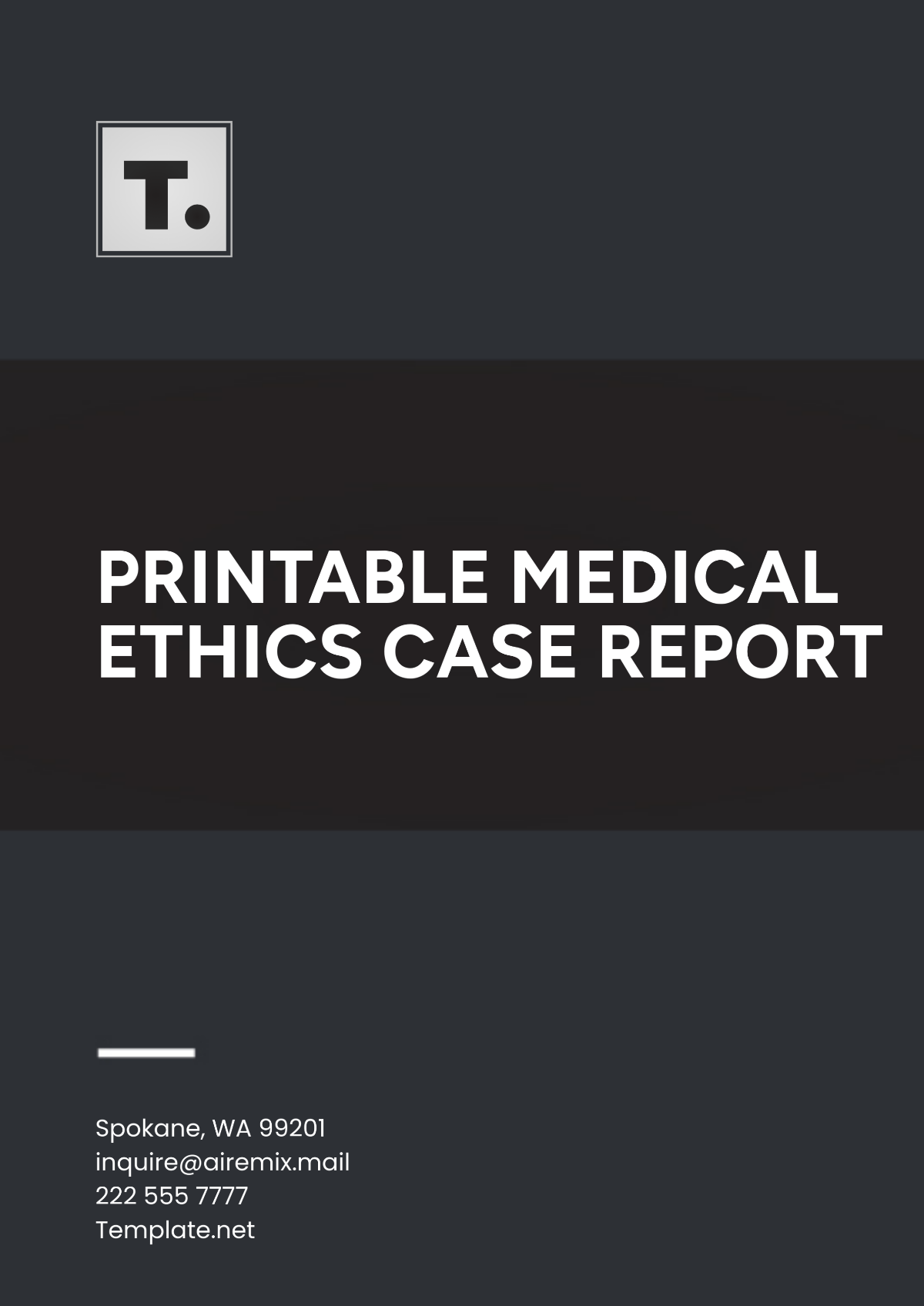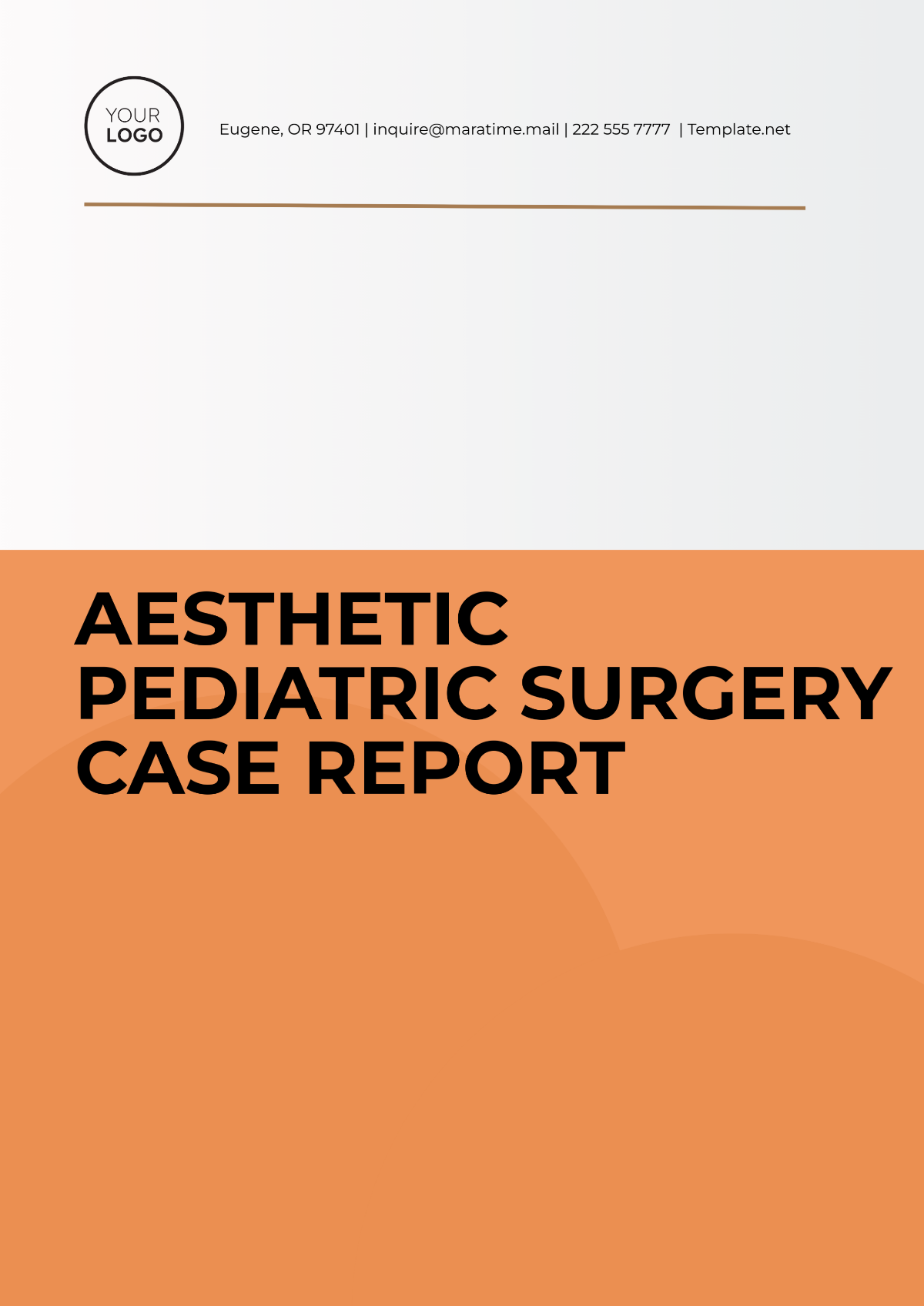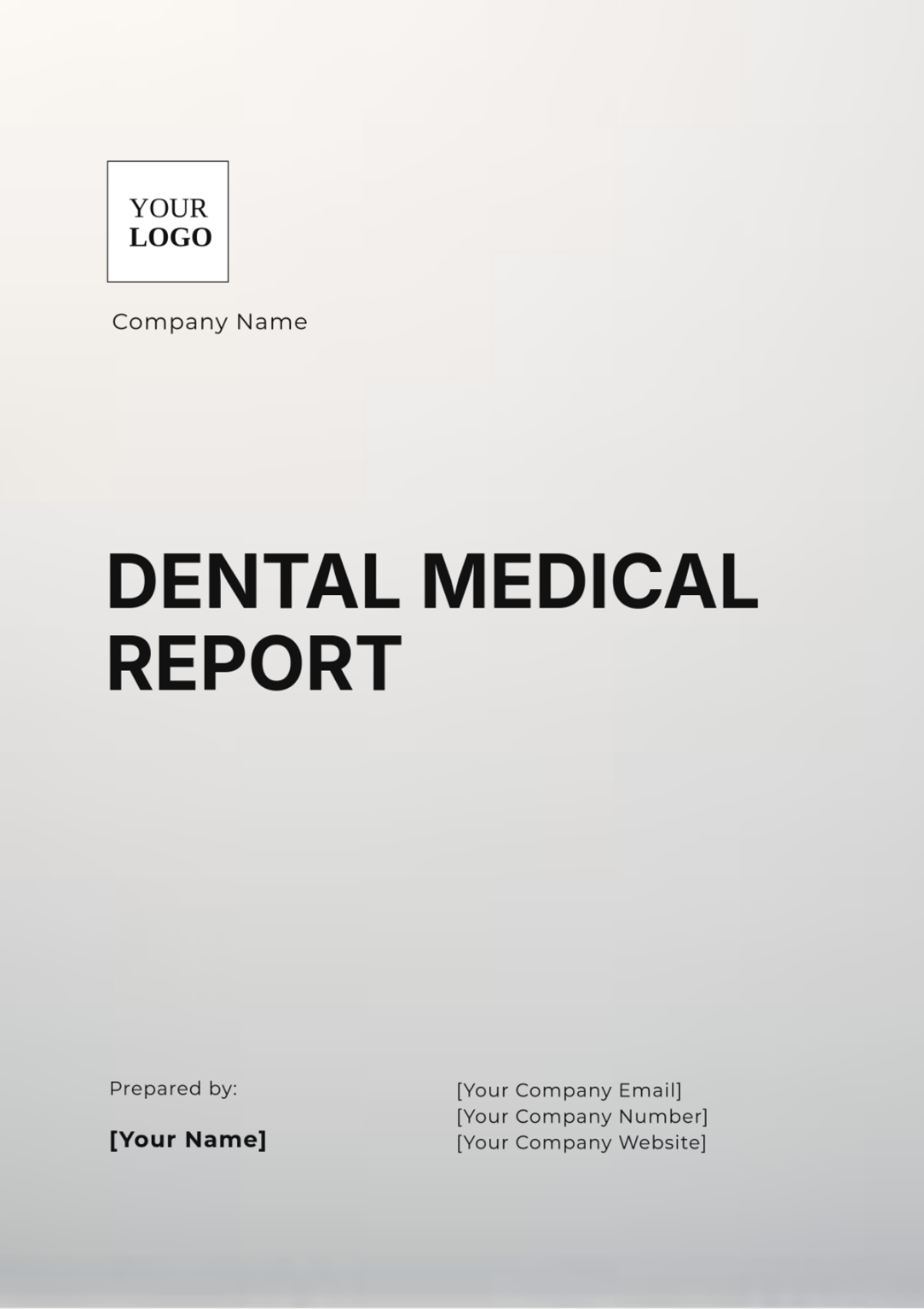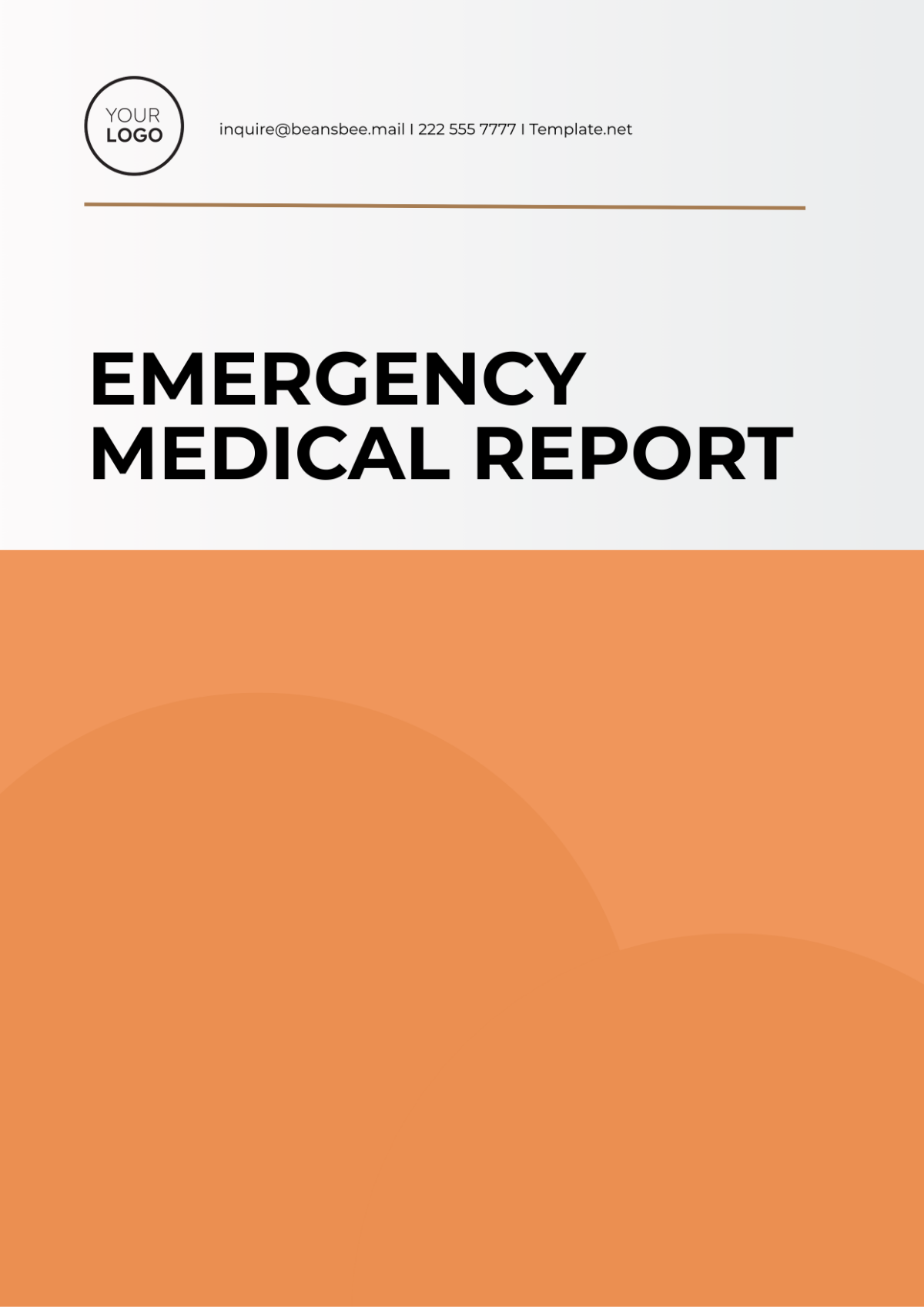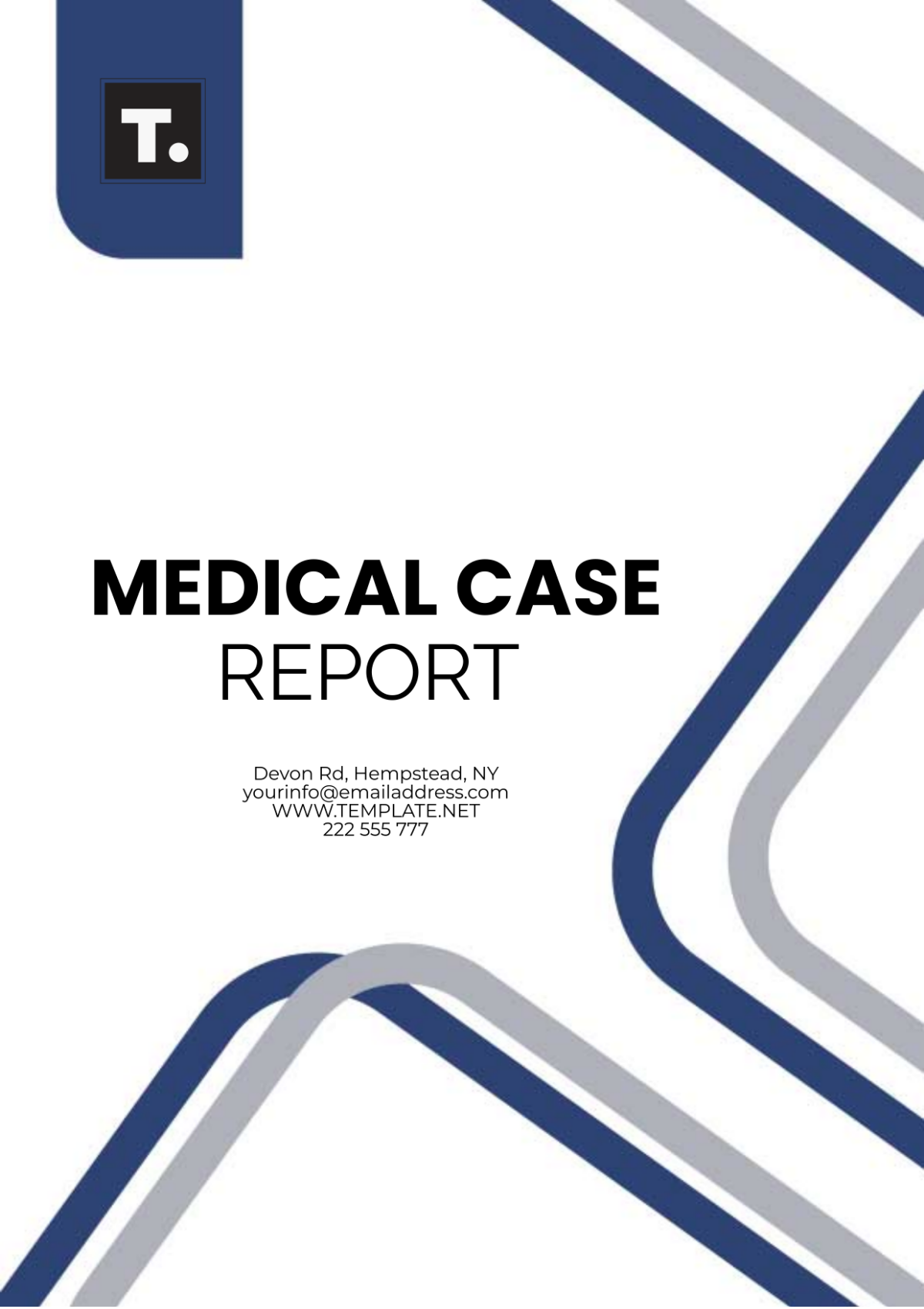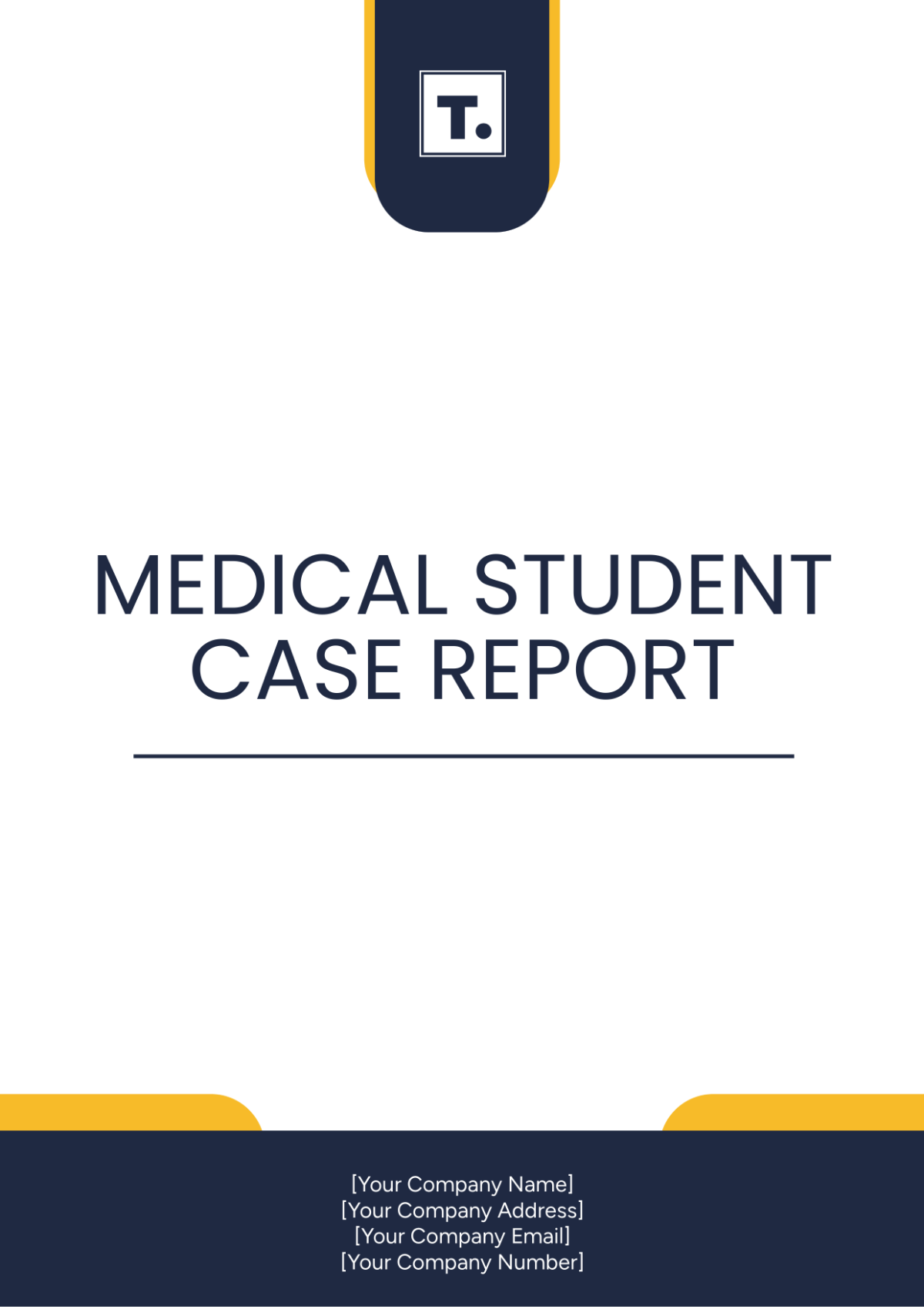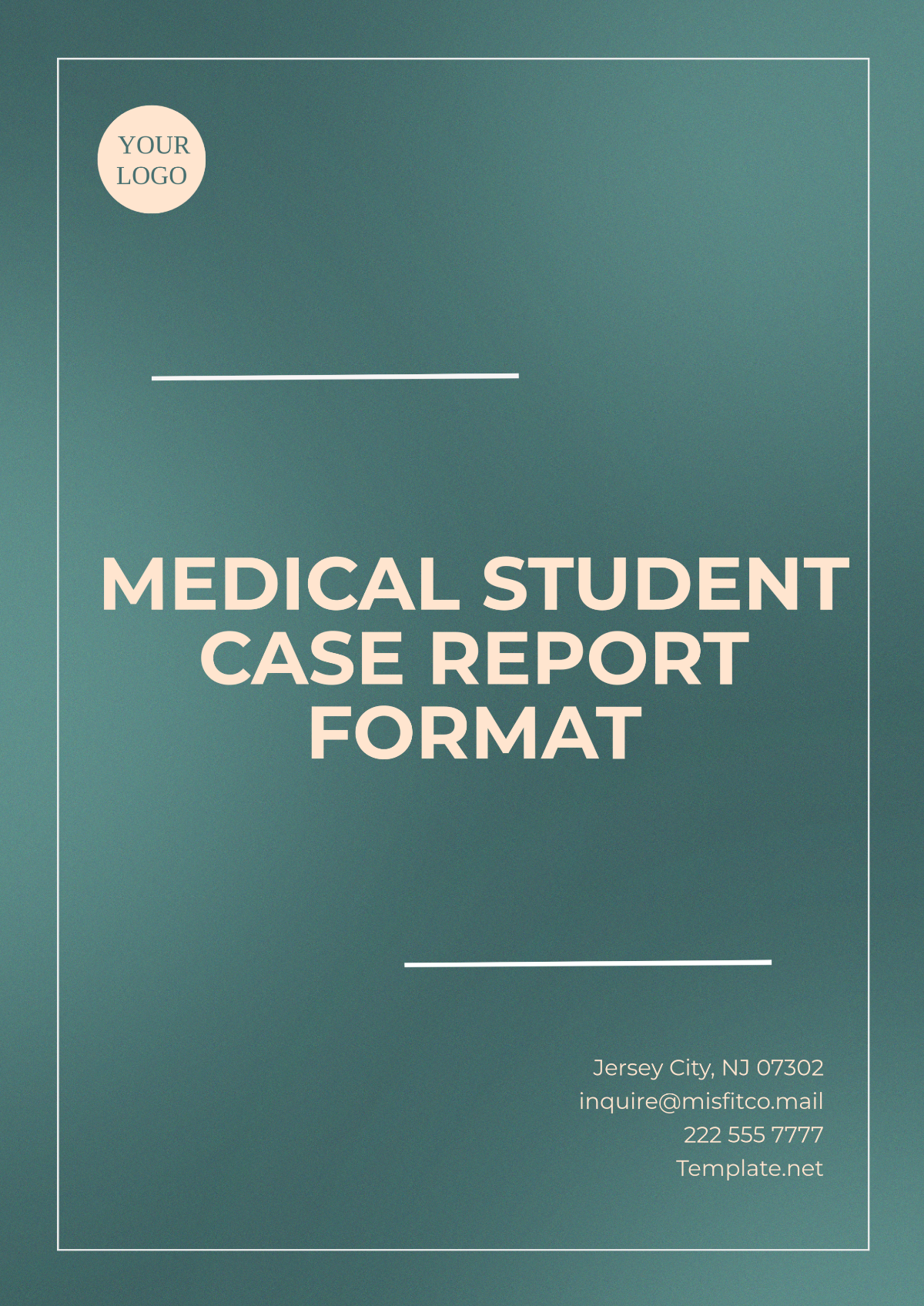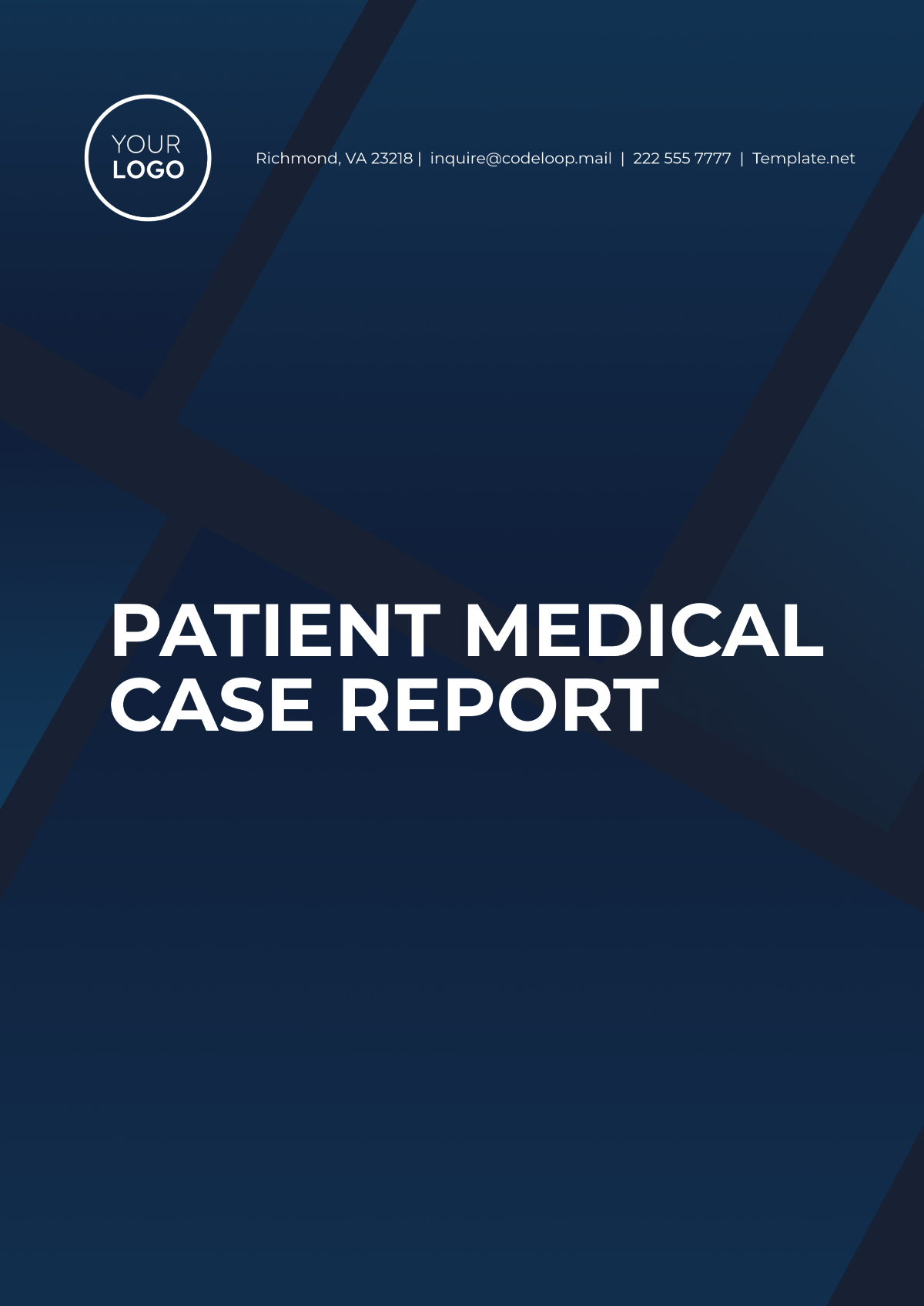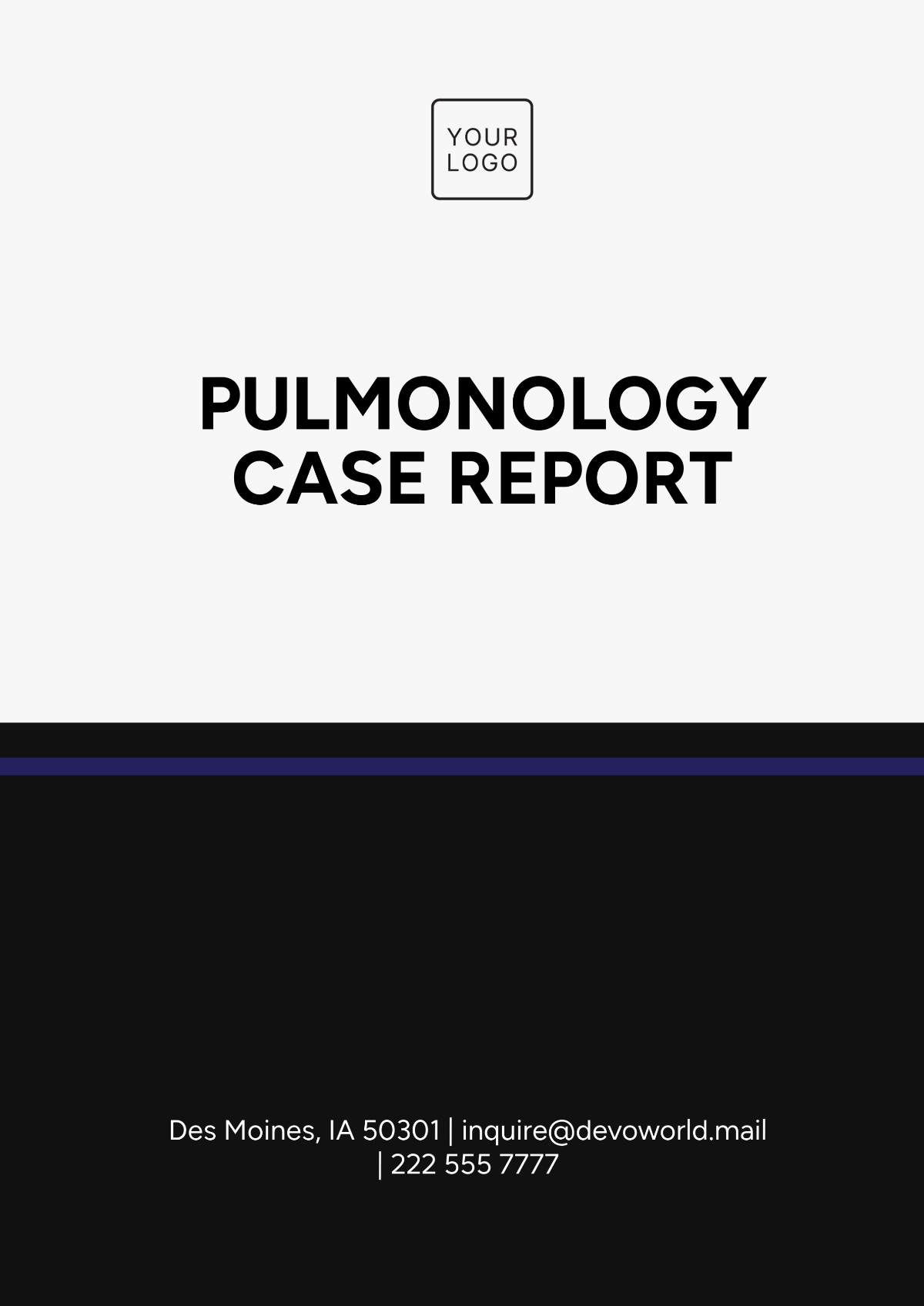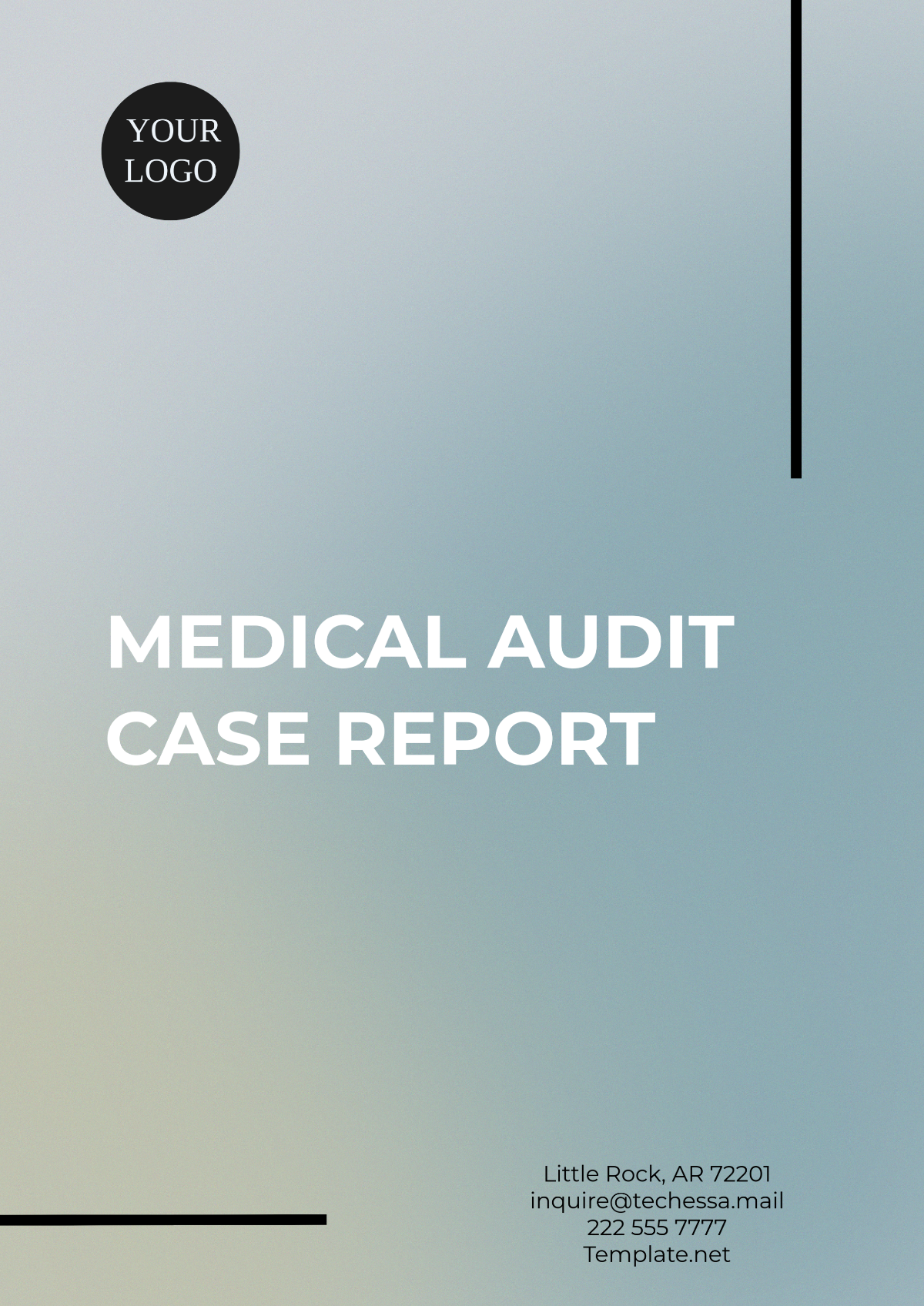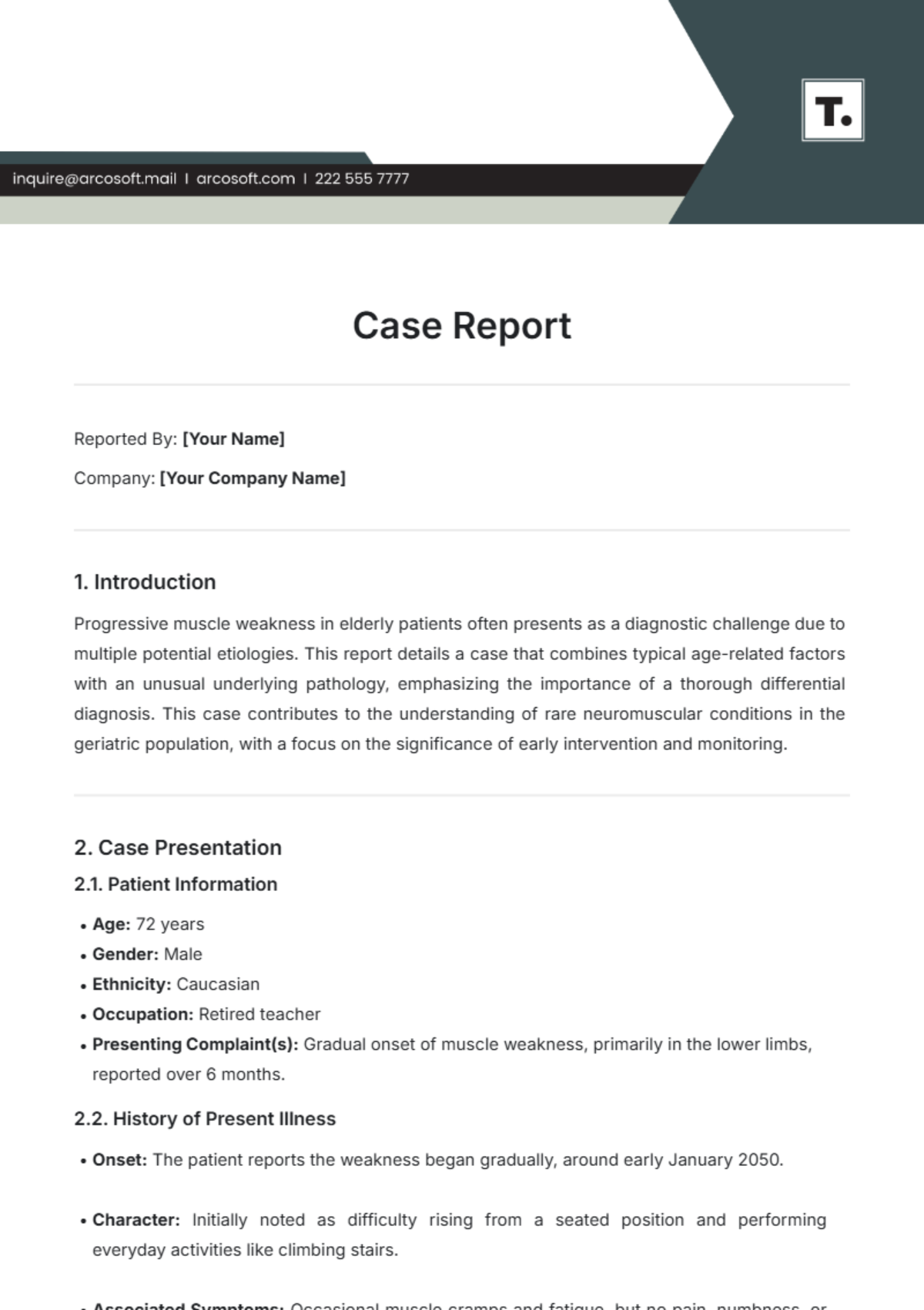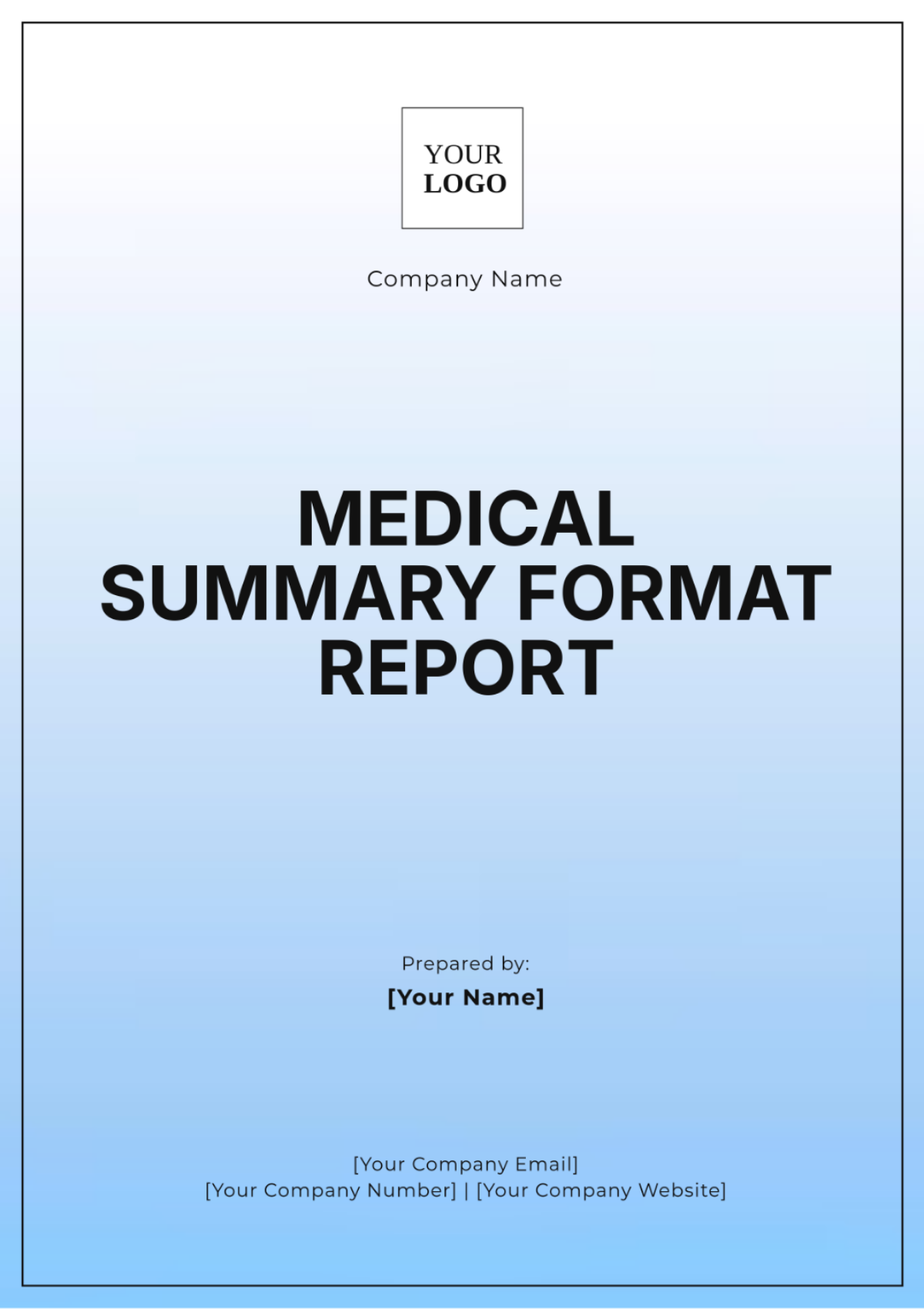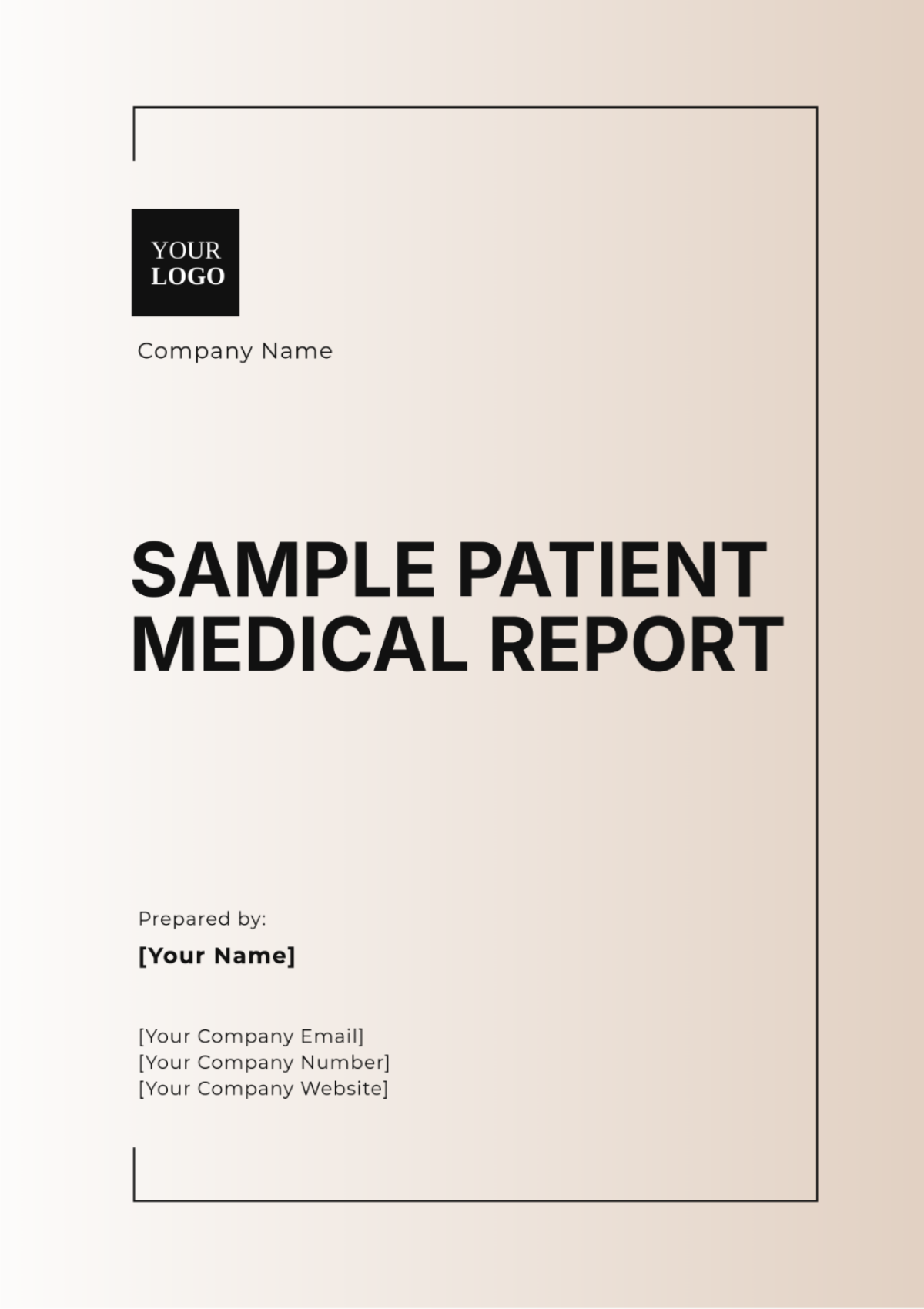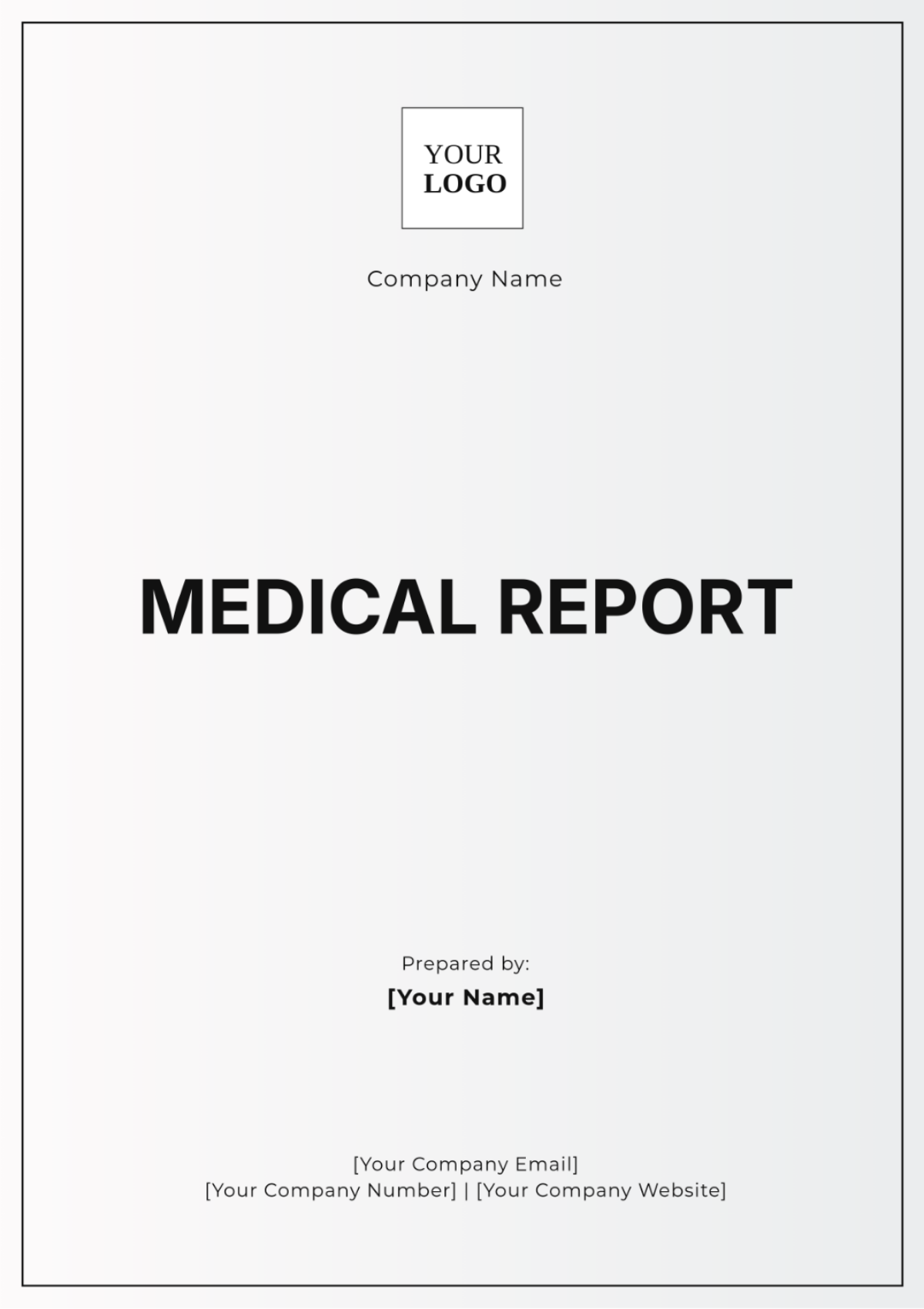Medical Case Report Outline
Prepared by: [Your Name]
[Your Company Name]
I. Introduction
Pulmonary Langerhans Cell Histiocytosis (PLCH) is a rare interstitial lung disease predominantly affecting young adult smokers. It is characterized by the proliferation of Langerhans cells leading to nodular and cystic changes in the lungs. Herein, we present a detailed case report of a 35-year-old female diagnosed with PLCH, inclusive of clinical presentation, diagnostic evaluation, treatment course, and follow-up outcomes.
II. Case Presentation
1. Demographic Information
Parameter | Details |
|---|---|
Age | 35 years |
Sex | Female |
Occupation | Office Worker |
Smoking History | 10 pack-years |
2. Clinical Presentation
Chronic dry cough for 6 months
Shortness of breath, especially on exertion
Occasional chest discomfort
No significant weight loss or night sweats
III. Diagnostic Workup
1. Physical Examination
No acute distress
Normal breath sounds with occasional fine crackles in upper lung fields
No clubbing or cyanosis
Vital signs within normal limits
2. Laboratory Investigations
Test | Result | Reference Range |
|---|---|---|
Complete Blood Count | Normal | |
Serum Electrolytes | Normal | |
ESR | 15 mm/hr | 0-20 mm/hr |
3. Imaging Studies
Chest X-ray: Multiple bilateral nodular opacities primarily in upper lobes.
High-Resolution CT Scan: Diffuse cystic and nodular lesions in upper and mid lung zones, sparing costophrenic angles.
4. Histopathological Examination
Transbronchial lung biopsy showed collections of Langerhans cells (CD1a+, S100+, and Langerin+).
Presence of Birbeck granules on electron microscopy.
IV. Treatment
1. Smoking Cessation
The patient was strongly advised to discontinue smoking. Nicotine replacement therapy was offered along with counseling sessions to support cessation.
2. Corticosteroid Therapy
Oral prednisone was initiated at a dose of 0.5 mg/kg/day for 6 weeks, followed by a gradual tapering over 3 months based on clinical response and side effects.
3. Supportive Care
Breathing exercises
Regular follow-up and monitoring of lung function
Vaccination against influenza and pneumococcus
Periodic nutritional and psychological support
V. Follow-Up and Outcomes
1. Clinical Follow-Up
At 6-month follow-up, the patient reported significant improvement in respiratory symptoms. Repeat chest X-ray showed partial resolution of nodular lesions.
2. Pulmonary Function Tests
Test | Pre-treatment | 3 Months Post-treatment | 6 Months Post-treatment |
|---|---|---|---|
FEV1 | 70% predicted | 80% predicted | 83% predicted |
FVC | 75% predicted | 85% predicted | 87% predicted |
VI. Discussion
PLCH is an uncommon condition with a strong association to smoking. The underlying pathophysiology involves abnormal immune reactions leading to Langerhans cell accumulation and granuloma formation in the lungs. Timely diagnosis is imperative for managing PLCH, and smoking cessation remains the cornerstone of treatment. Our case emphasizes the presentation, diagnostic challenges, and management protocols that should be considered. Although corticosteroids are beneficial in some patients, long-term prognosis remains variable, necessitating ongoing monitoring and supportive measures.
VII. Conclusion
This case report of a 35-year-old female with PLCH highlights the importance of early recognition and intervention. Comprehensive clinical and diagnostic evaluation, coupled with effective patient education and follow-up, drastically improves outcomes. Further research is warranted to elucidate the pathogenesis and refine therapeutic strategies for PLCH.




